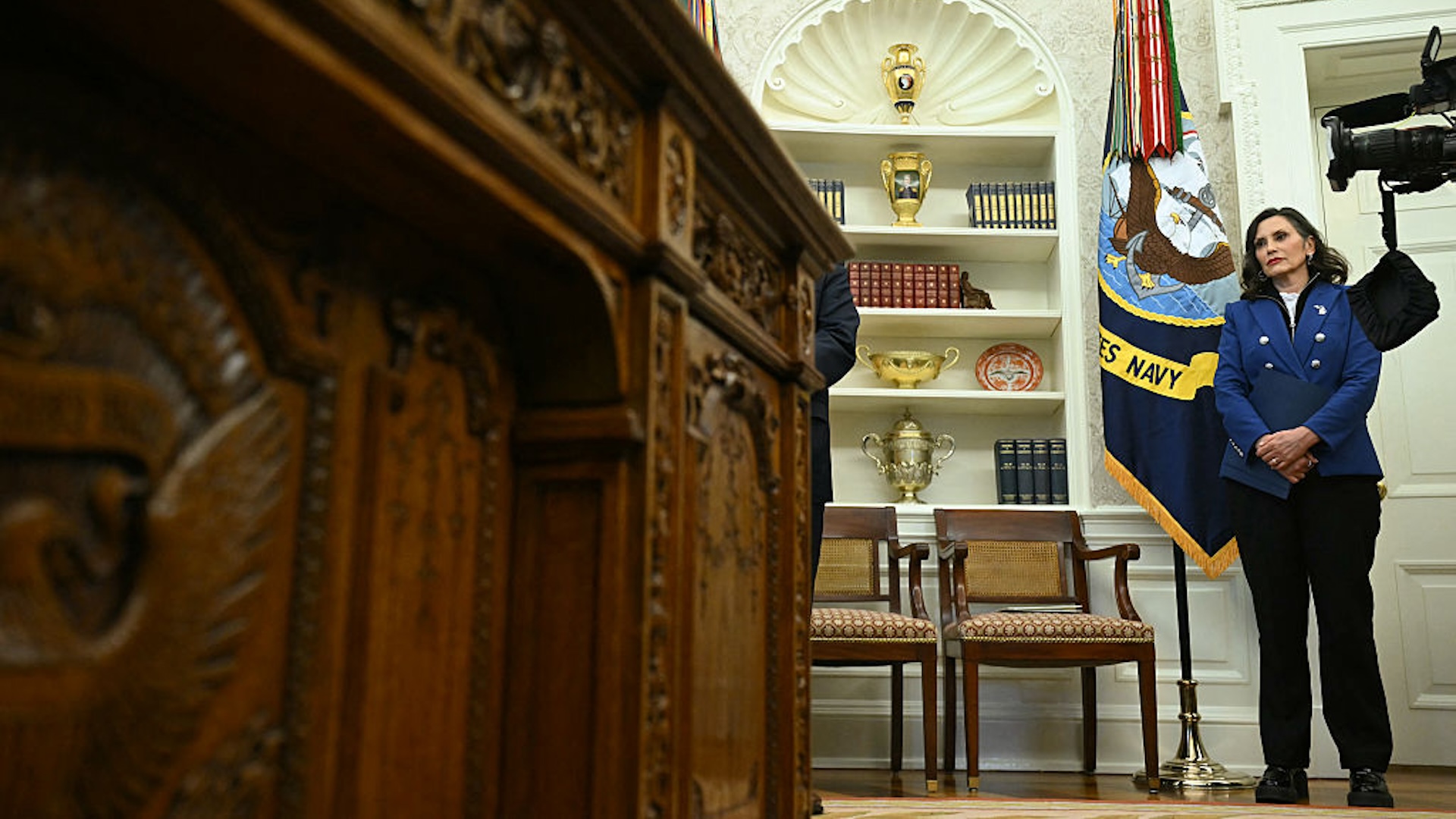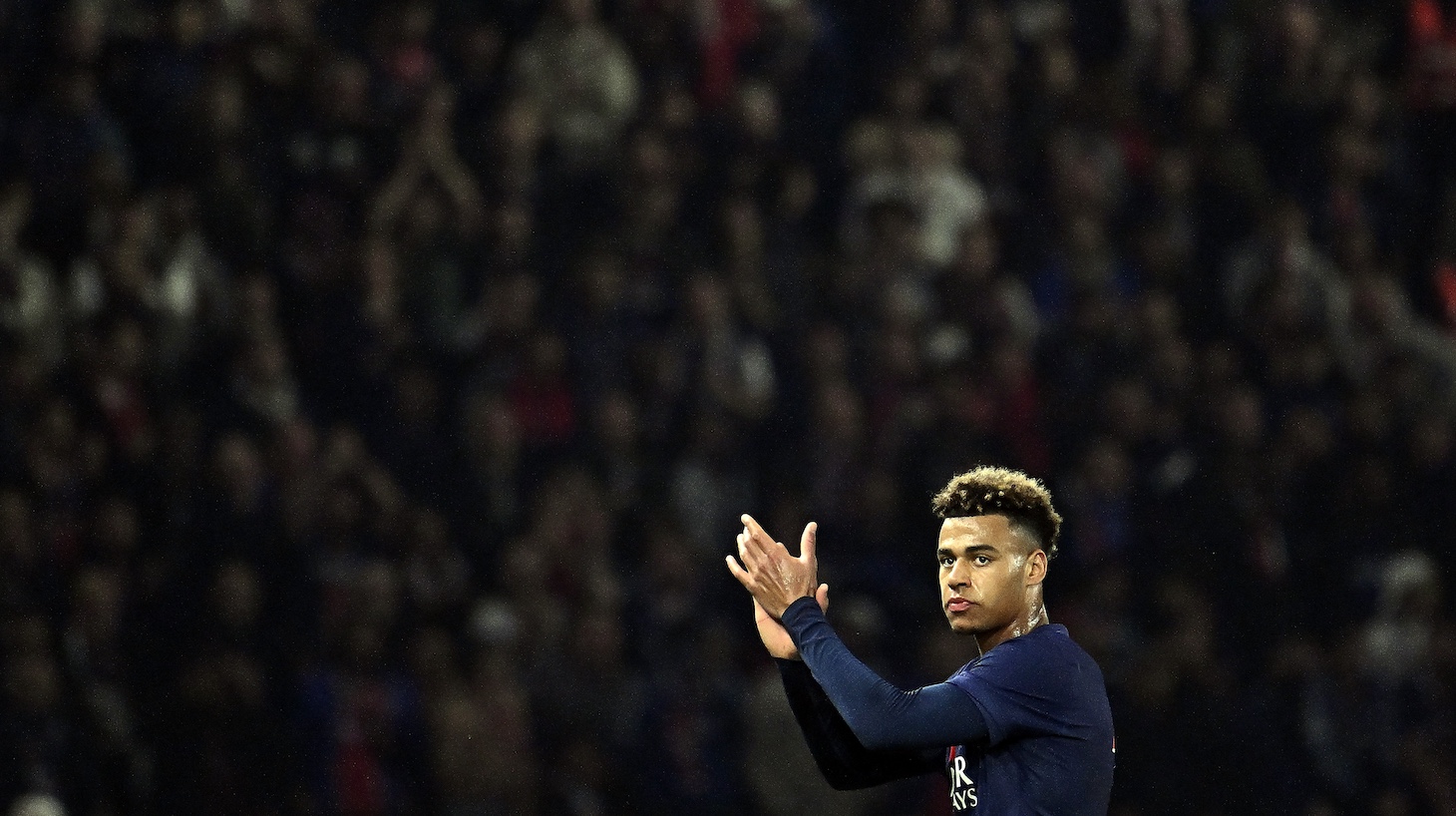There is an auditory component to the James Wood Experience. For one thing, Washington's 21-year-old phenom outfielder hits baseballs real hard. Every time a baseball is hit real hard, a loud noise is produced. I realize that the thing I am about to say is speculative, or even mystical, and possibly offensive to the very concept of science, but: There are certain baseball players who hit the ball louder even when they have not necessarily hit it faster or farther. Most of these players are themselves very large. Wood's bat makes a distinct, crisp, ringing thwack sound even on grounders and foul balls and liners the other way. The thwack elongates and deepens into a thwock when he really connects, sonorous and even pulpy, an upsetting noise that registers in an atavistic part of the human brain as a signal of terrible violence. A home run off the bat of Wood (or Shohei Ohtani, or Aaron Judge, or Giancarlo Stanton) has this more primal resonance; the information it conveys in a split second causes a spontaneous, involuntary yelping reaction.
For fans of the Washington Nationals, those are comforting noises. One doesn't often get a guy who by swinging a bat can cause a physical sensation in a fan whose eyes are shut. To have one at all is a delightful luxury; to have one who is 21 years old feels like you have been smooched on the forehead by a benevolent baseball angel. Though Wood is still developing, every one of his plate appearances feels like an event. He is often too selective at the plate, letting pitches sail by with a removed, serene watchfulness, as if his only reason for standing in the box at all is to satisfy scientific curiosities having to do with the comfort or competence of an opposing pitcher. He gives off the sense that he views the events of a given moment as simply catalogued experience in service of an ongoing project, which suits pretty well this transitional period of Nationals baseball and Wood's place within it.
I don't mind this. For one thing, the passivity means that he walks a lot: Wood's on-base percentage has hovered right around 100 points higher than his batting average since his July call-up. As galling as this may be, Wood is fourth on the Nationals in walks, despite having played just 53 games. For another, his patience encourages in the viewer the belief that every eventual swing of the bat flows from a honed sense that a particular pitch is maximally suited for carnage. Oh Jesus look out! There is the feeling that when one of his big swings makes barrel contact, something is going to be destroyed, probably the baseball, possibly the pitcher, maybe someone in the stands. The thwack sound tells me Wood's bat found the ball; the more alarming thwock tells me that the ball will dine tonight in baseball hell. In either case, I am pretty well pumped.
There is a quieter and much weirder auditory quirk of Wood's rise to the majors. When Wood is in the on-deck circle, you can hear the sound of his feet. Viewers of MASN might've picked up on this over the summer, during broadcasts of home games. When Wood is on deck, and only when he is on deck, the sounds of feet moving on the ground can be heard over the general noise of a crowd of thousands of people.
This is not like the Tyrannosaurus Rex in Jurassic Park, although Wood is humongous. It has instead to do with where he likes to stand. Wood, when he is next up, prefers to loiter at a particular spot against the backstop, several long strides away from the designated on-deck circle, where he has a view that he evidently prefers of the pitcher and the ball in flight. The chosen position puts Wood directly in front and just a few inches away from a low microphone, installed at about ankle height to the side of some ad space, positioned to capture field-level sounds. If you are watching a home broadcast of a Nats home game and Wood is on deck, you cannot fail to hear the little crunching sounds of his cleated feet shuffling in the dirt. He is, as far as I can tell, the only Nationals player whose presence in the on-deck circle is detectable by sound.
I'm not sure how long it would've taken me to put this together as something other than an artifact of MASN's generally crummy production qualities, but Nats play-by-play man Bob Carpenter finally used his knowledge of this quirk to fill in some dead space on a recent broadcast:
Once you've heard it—the little crunch crunch as Wood resets his feet for a practice swing, the soft percussive thump when he knocks his bat against the toe or ankle of a shoe—you can no longer mistake it. And once you know to listen for it, it becomes a delightful little sensory treat to look forward to every couple of innings. C.J. Abrams will come to the plate (or Dylan Crews, or sometimes even Alex Call, God help us) and a few seconds later the crunching will start. Ah, there's our sweet lad, on time and exactly where he's supposed to be.
Possibly due in part to the soothing ASMR-like nature of the sound itself, I find the soft crunching of Wood's cleats to be enormously comforting. There is also, of course, the broader context: The Nationals have been in the wilderness for a few seasons now. The consequences of cheap ownership were already eroding the team's foundation in big MVP-shaped chunks even before the Nationals won the 2019 World Series. Team architect Mike Rizzo first leaned into the decline during a haunted 2021 regular season, past the point when it was possible to believe that a few years worth of patchwork fixes would keep the team fighting for contention. The Soto trade, in August of 2022, was the team-building equivalent of detonating the explosives that finally bring down the husk of a gutted edifice. If it hadn't been motivated by incredible cynicism, you could almost admire the Soto Gambit: trading away an all-timer of a hitter during his age-23 season, on the insane premise that doing so would eventually secure a brighter future.
Wood arrived in Washington as compensation for the loss of very possibly the best hitter who will ever wear a Nationals uniform. It's hard to know whether this awareness makes the leap from intellectual to physiological in the experience of absently listening to Wood knock dirt from his spikes, but Wood is inevitably the answer to the why of Juan Soto's departure. Whether the answer is eventually satisfying will be sorted out over a period of years, but that it is no longer entirely mysterious is already a relief. Here is this figure, whose performance will go furthest toward helping us make sense of a maneuver that felt like betrayal and sucked a lot.
There is nothing like a guarantee that anything a team gets back in a now-for-later, star-for-prospects trade will ever pan out. There is certainly no reason beyond bald insanity to expect any given baseball prospect to become a star. There is even less reason to believe that any team willing to both lowball a 26-year-old Bryce Harper and trade away a 23-year-old Juan Soto will ever ever ever allow itself to hold onto a player of their caliber. The Lerners, who own the Nationals, have already announced a couple of times over, in the entirely unambiguous language of dollars and cents, that they simply are not willing to employ any of baseball's best players, not past the point when those players' earnings stop being capped by artificial salary mechanisms.
Still! I defy you to watch just a few innings of assorted Nationals goobers—to say nothing of several years of assorted Nationals sub-goobers—and not experience a James Wood plate appearance as a wave of order and peace. That Wood extends this experience by a couple of minutes, by clomping around audibly while waiting for his turn at the plate, is a nice perk for the television viewer: a sneak preview of a moment of Nationals relevance that may, with luck, be punctuated with a decisive thwock. They should have all their best call-ups do this. Crews, who made his debut a week ago and already has approximately seven jillion extra-base hits, should bend all the way over and whisper "I'm right here, guys" directly into the microphone. It's telling me things are going to be better soon: I'm listening.






